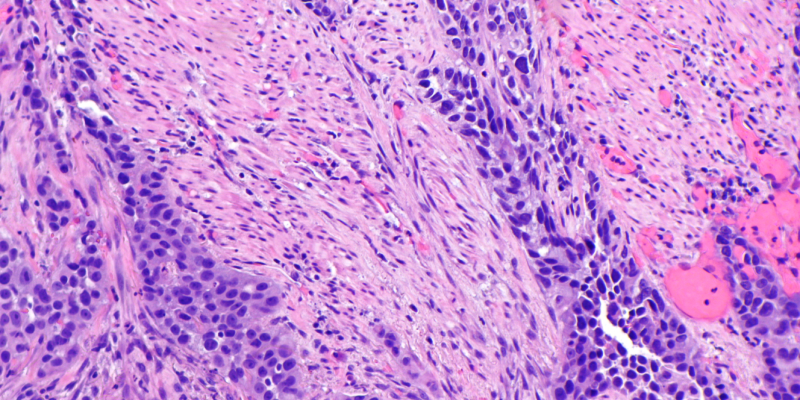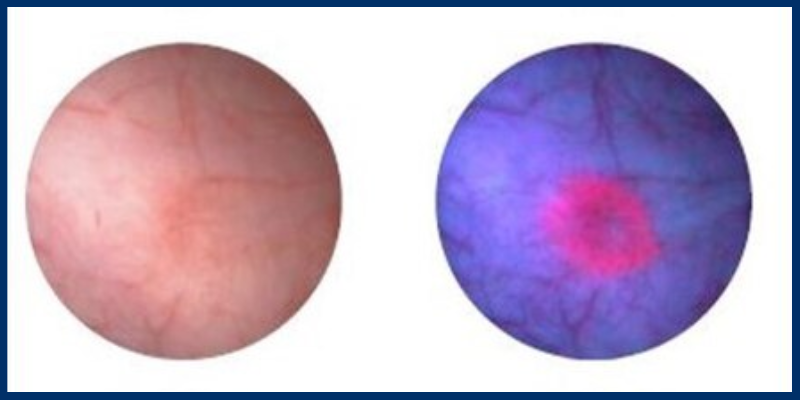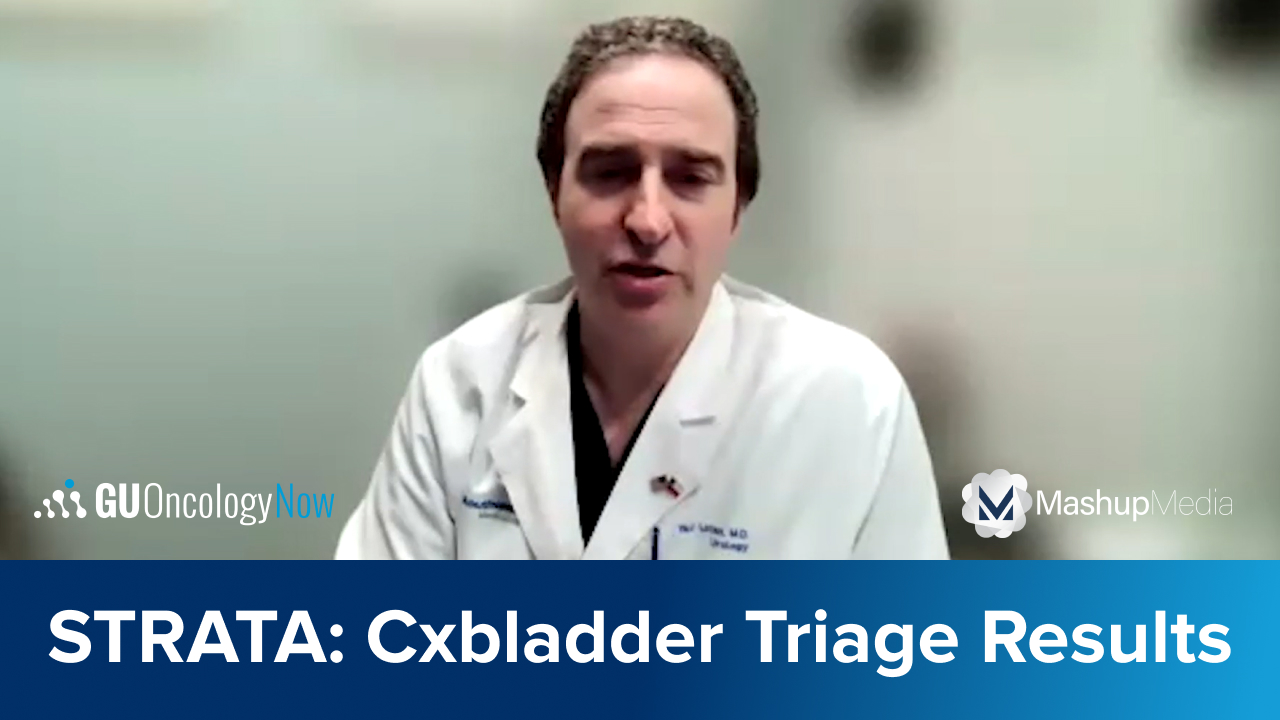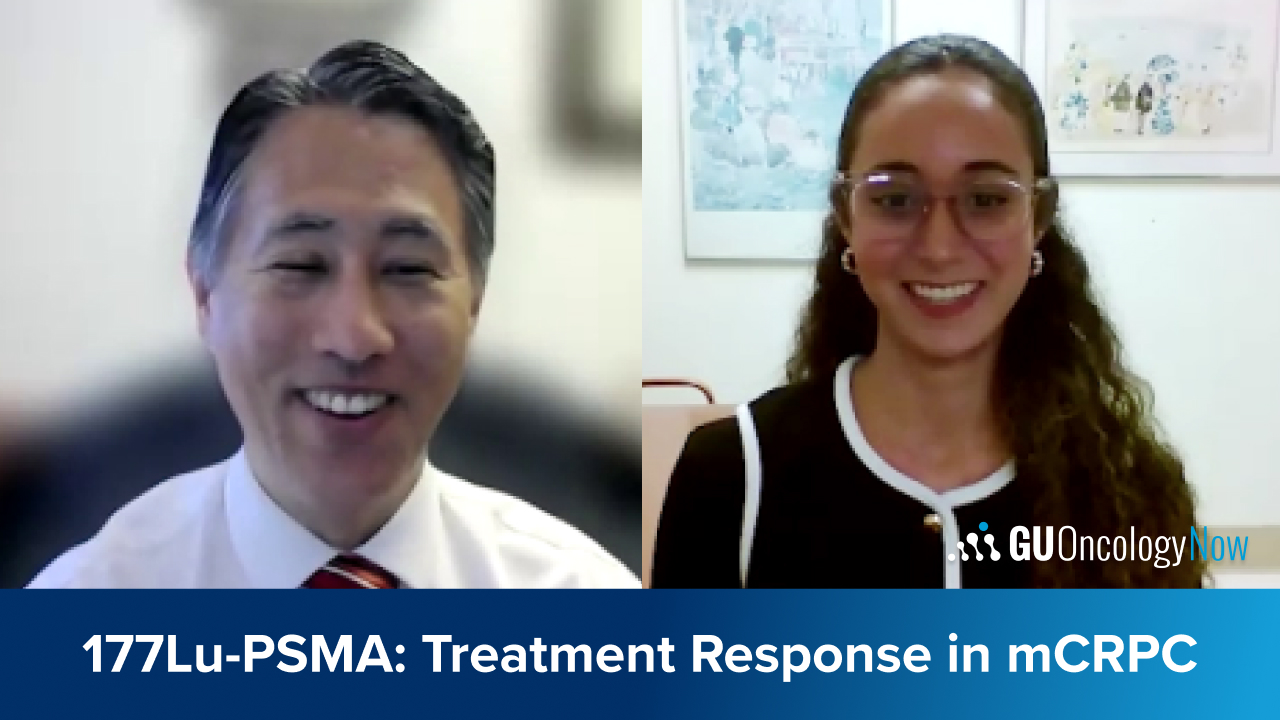Researchers identify a key prognostic biomarker in MIBC that may predict disease outcomes, treatment efficacy in patients.
Urothelial Carcinoma Diagnostics
Although research into urine- and image-based alternatives continues, there is no established replacement for cystoscopy.
Researchers find promise for ctDNA-guided immunotherapy for patients with MIBC who underwent radical cystectomy.
John P. Sfakianos, MD, discusses the history and use of ctDNA in the GU oncology field.
Dr. Koshkin highlights emerging data on Nectin-4–targeted imaging and radiopharmaceuticals in urothelial cancer.
Dr. Koshkin shares an overview of FAP-targeted theranostics, including UCSF-led studies showing FAP PET imaging’s ability.
Previous research has shown that BLC can provide improved detection rates, mainly for high-risk disease and invasive tumors.
This newly developed assay can assess the genomic profile of ctDNA in patients with advanced UC.
Dr. Lotan discusses risk stratification and outlines the next steps for integrating Cxbladder Triage into clinical practice.
Dr. Lotan describes the design and key findings of the STRATA trial using Cxbladder Triage for patients with microhematuria.
Dr. Jensen highlights the single-arm trial design and TOMBOLA's use of ctDNA.
Conference Coverage
At the Oncology Forum, Dr. Sanjay Juneja led a dynamic discussion covering pivotal developments across genitourinary cancers.
Dr. Loïc Djaileb explores the use of RECIP 1.0 criteria with SPECT/CT and the efficacy of this strategy in monitoring mCRPC.
Drs. Tagawa and Marulanda Corzo discuss the use of single time-point SPECT/CT dosimetry for 177Lu-PSMA targeted RLT.
Dr. Nadine Mallak talks about 18F-fluciclovine to detect disease in BCR of prostate cancer when the standard of care fails.
Dr. Miles highlights the dilemma of managing PC with BCR after prostatectomy but no visible disease on standard imaging.
Dr. Kimura shares insights on PSMA PET/CT metrics and their potential role in guiding treatment decisions for mCRPC.





















 © 2025 Mashup Media, LLC, a Formedics Property. All Rights Reserved.
© 2025 Mashup Media, LLC, a Formedics Property. All Rights Reserved.